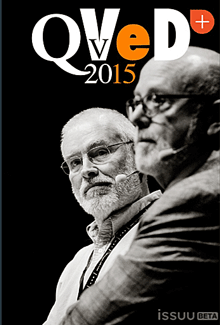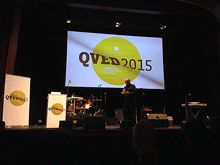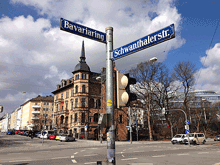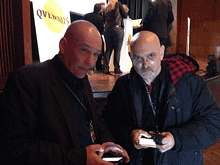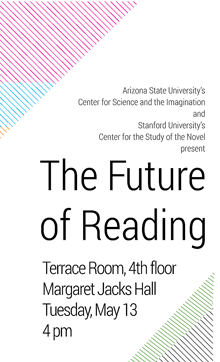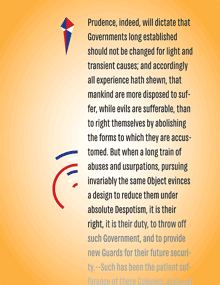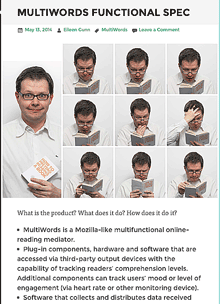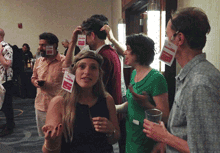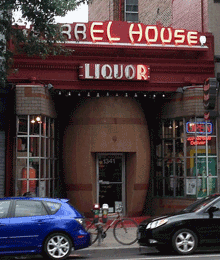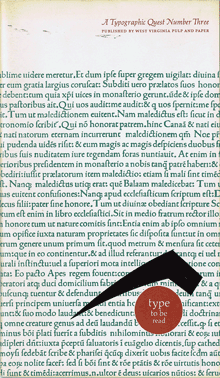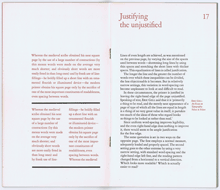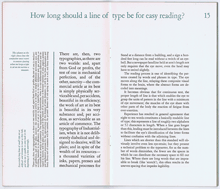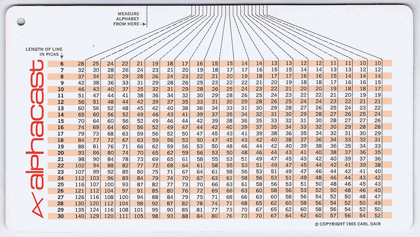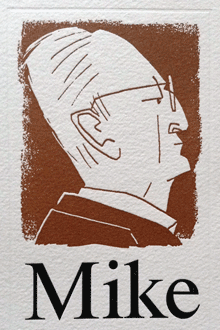At the end of February, I was in Munich for QVED, an annual conference about the design of magazines, which was held as part of Munich Creative Business Week. (The odd acronym “QVED” stands for “quo vadis editorial design,” or, if you like, Whither editorial design?) A focus of this year’s conference was “city magazines,” and one of the surprising realizations for me was that in Europe, city magazines are often published by city governments; in the United States, when we think of a “city magazine” it’s invariably published independently by a private company (though sometimes a publishing chain may produce magazines for several cities). In Seattle, for instance, there are two competing monthly city magazines, Seattle magazine and Seattle Metropolitan. The granddaddy of American city magazines might be New York magazine, which originated in the 1960s as an outgrowth of one of the major local newspapers.
Mike Koedinger’s presentation about the magazine of the city of Luxembourg, which his company produces, laid out the landscape for European city magazines, and other presenters in this part of the program followed up with their own cities’ particular challenges and opportunities.
The two opening talks (which were not the ones originally scheduled for those spots, thanks to some last-minute absences) set a high level: Jaap Biemans, who produces the website coverjunkie.com, which covers nothing but the design of magazine covers, showed and talked knowledgeably about a wide variety of cover designs, including his own for the weekly magazine of the Volkskrant newspaper in Amsterdam. Steve Watson presented his labor of love, Stack magazines, a unique subscription service where you get a different independent magazine every month. Both Jaap and Steve were enthusiastic and articulate, as well as having some wonderful images to show.
I missed the first part of Herlinde Koelbl’s talk on “The Targets Project,” and I failed to pick up a headset to get the simultaneous translation, but even with my limited German I found her presentation one of the most powerful things at the conference. The audience clearly agreed.
Organizer Boris Kochan had asked me to give a talk on U&lc, of which I was the last editor. Steven Heller and Roger Black, both of whom had long connections with U&lc, spoke in the same session, and we finished up with a roundtable discussion about U&lc and the history of typography in the phototype era that could easily have gone on another hour or two.
QVED was held in the Alte Kongresshalle (Old Conference Center), which is “old” only in the sense that it’s a postwar Modernist building – not old like the tiny streets in the heart of the city, or even like its 18th-century palaces and public buildings. The space worked well for both the theater-style presentations and the social mingling that is an essential part of any conference.
[Photos, top to bottom: John D. Berry (left) and Roger Black (right) in the cover image from an online magazine about QVED 2015; the opening of the QVED 2015 conference; street signs in Munich; Boris Kochan (left) and Steven Heller (right); Jaap Biemans as first speaker, with one of his favorite covers.]

